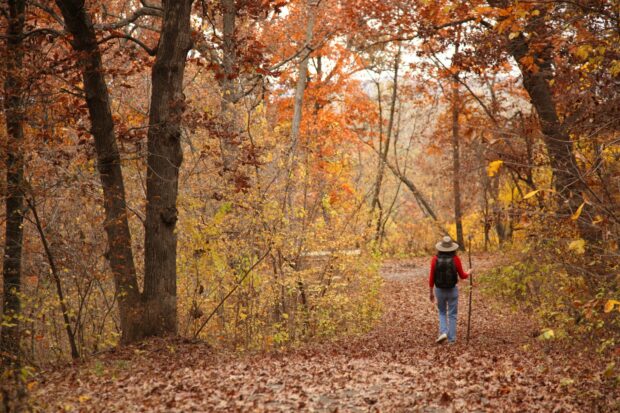HOME | ABOUT US | MEDIA KIT | CONTACT US | INQUIRE
HOME | ABOUT US | MEDIA KIT | CONTACT US | INQUIRE
From outdoor activities to schools, shopping and more, a state of tranquility.

Clean air, low crime, and a pace of life that runs the gamut from small-town slow to big-city hectic—and rarely oversteps those boundaries into urban psychosis.
Kansas, it seems, has it all. In the population centers of Kansas City, Wichita and Topeka, some of the Midwest’s premier arts and entertainment are only minutes from any street corner. Throughout its suburban, exurban, and rural communities, a low cost of living and other advantages combine to give the state much to brag about. Schools—including elementary, secondary, colleges, and universities—top a list of amenities that rival those found in any state of comparable size.
But Kansas is a big state; 82,000 square miles covers a lot of ground, and the quality of life—though excellent almost anywhere a dart hits a map of the state—can differ significantly from other areas. The sheer variety of amenities is what’s most impressive.
Start with the Kansas City region. Its parks, shopping centers, and other features are both plentiful and, again, include several regional, even national leaders. Hiking and biking trails, museums, galleries, and arenas are scattered throughout the area. Even the area’s collection of private facilities is noteworthy.
Johnson County alone includes the 300-acre Overland Park Arboretum and Botanical Gardens, as well as the 12-acre Deanna Rose Children’s Farmstead. Shopping areas are worthy of special mention. Johnson County sometimes seems as if retail variety were the national pastime, while Wyandotte County features the huge Village West and adjacent commercial development that had been lacking there for decades.
But as noted, the quality of experience differs from geographic region to region within this sprawling state.
Southeast Kansas, for example, is a rural place, but it has the added benefit of having many metropolitan amenities in communities like Pittsburg and Coffeyville. Because much of this region in Kansas’ southeastern corner abuts the Missouri Ozarks, it has a more rolling topography than the flatter areas to the west of the state. It teems with man-made lakes that were once strip mines for coal production but today offer some of the finest bass fishing in the state. The wooded areas also provide cover needed for wildlife, contributing to excellent hunting conditions in the region.
In the northeast, the typically low costs of living are doubled by access to both of the state’s biggest universities, producing not just quality education but amenities such as arts, entertainment, and collegiate athletic venues. From the unique Kansas Flint Hills on the west to the wooded Missouri River bluffs, the region boasts attractions for almost every outdoor interest. Major reservoirs and parks are only minutes from almost every corner of the region.
The south-central region, dominated by Wichita, offers a unique blend of cityscapes and blue skies; residents have access to a major metropolitan hub and still enjoy all the low crime rates and fresh air that Kansas has to offer. The larger metropolitan counties of Butler, Harvey, Sedgwick, and Sumner exhibit virtually the same low crime rates as the less-populated rural counties of Chautauqua, Elk, Harper, and Greenwood counties. And tiny Udall in “micropolitan” Cowley County has been named one of the safest communities in the United States, while Wichita has been named an All-American City three times since 1962 and was recently rated one of the top 10 quality-of-life cities in the United States by Money magazine.
Manhattan anchors retail and entertainment options for 50,000 people in the city and many thousands more across the north-central region. It’s connections with Kansas State University help make it a lively and multi-faceted community with a wide range of art galleries and restaurants.
A truly distinguishing feature, though, is the unspoiled and open country of the Kansas Flint Hills, running through the heart of this region. Beautiful, large lakes—mammoth Milford Lake near Junction City is the state’s biggest—and Tuttle Creek Reservoir near Manhattan offer water-based leisure activities, camping, hiking, and more.